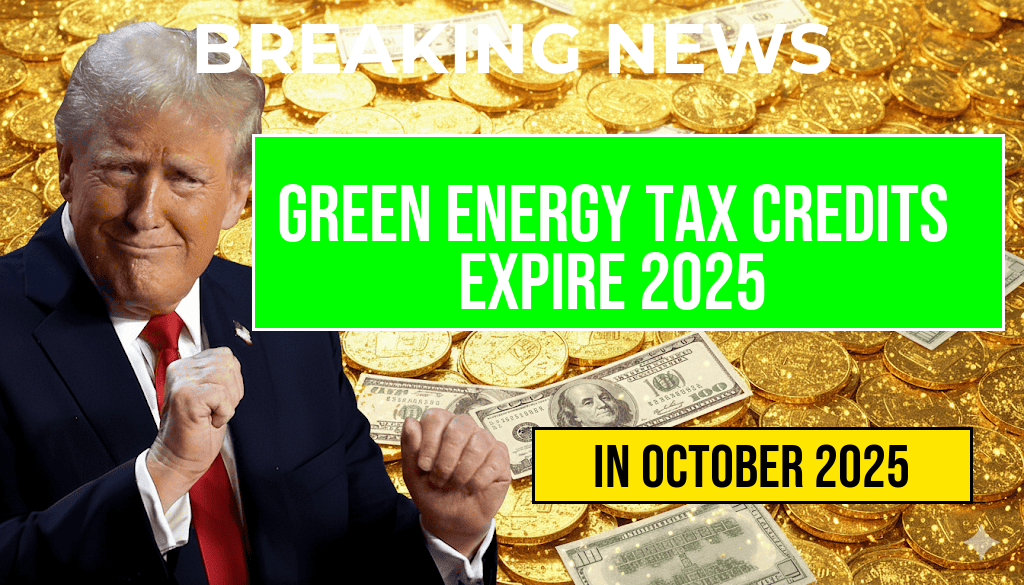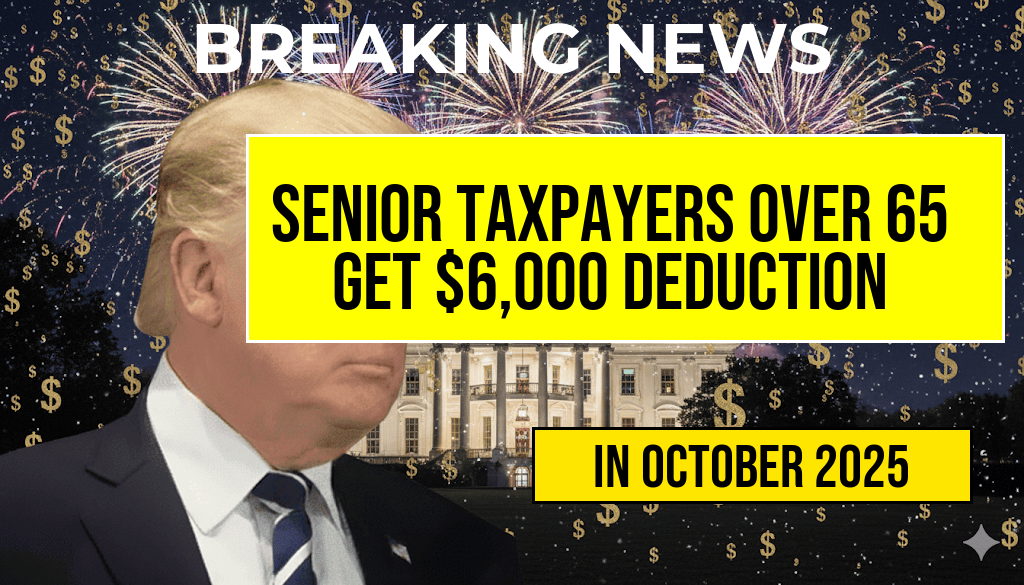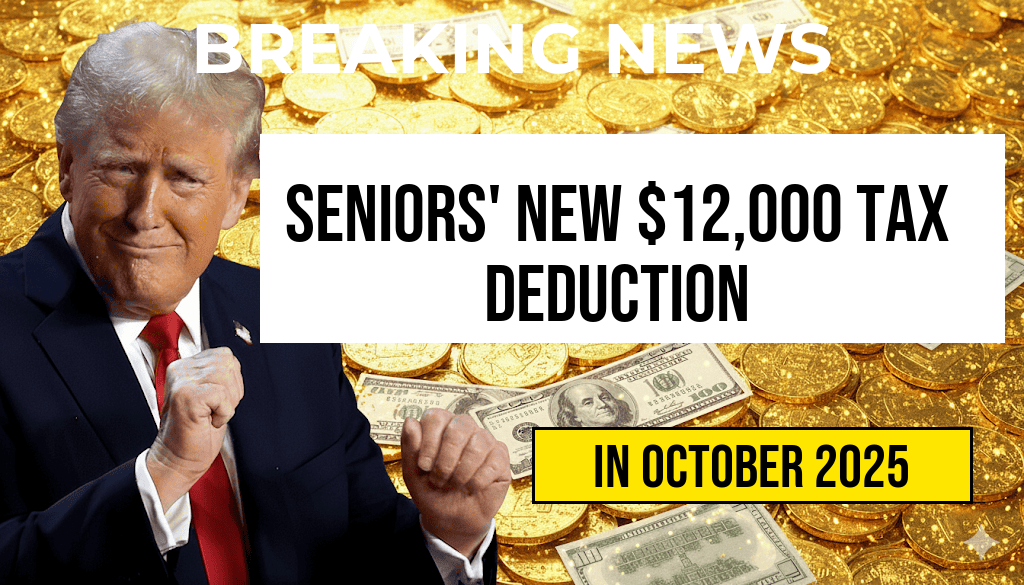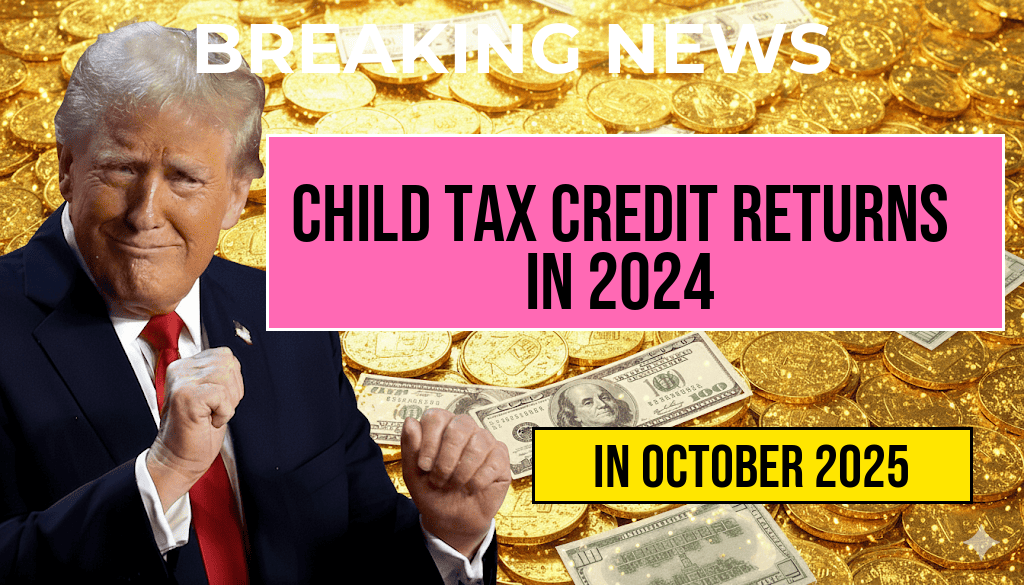Homeowners interested in renewable energy upgrades face a critical deadline as several green energy tax credits are set to expire at the close of 2025. These incentives, which have historically reduced the upfront costs of solar panels, wind turbines, and energy-efficient home improvements, have played a pivotal role in accelerating adoption of sustainable technologies across the United States. With legislative proposals and policy discussions ongoing, understanding the scope of current credits, upcoming changes, and strategic planning options is essential for homeowners eager to maximize financial benefits before the expiration date.
Understanding Current Green Energy Tax Credits
The federal government has long incentivized the adoption of renewable energy through various tax credits. The most prominent among these is the **Investment Tax Credit (ITC)**, which offers a substantial reduction—currently up to 30%—on the installation costs of solar energy systems. Additionally, the **Residential Energy Efficiency Property Credit** supports homeowners investing in qualifying renewable and energy-efficient improvements, including solar water heaters and small wind turbines.
These credits are designed to lower the barriers for homeowners to transition toward cleaner energy sources, contributing to national goals for reducing greenhouse gas emissions. According to the Wikipedia page on the Investment Tax Credit, the ITC has historically been a major driver of solar installation growth in the U.S., accounting for a significant portion of new capacity added annually.
What Changes Are Expected After 2025?
Expiration of Current Incentives
Many existing federal green energy incentives are scheduled to phase out or expire at the end of 2025. For instance, the current 30% ITC rate is set to decrease to 26% in 2024 and then step down to a permanent 10% for commercial projects, with residential credits likely ending unless renewed by Congress.
| Tax Credit | Current Rate / Benefit | Expiration Date |
|---|---|---|
| Investment Tax Credit (ITC) — Solar | 30% (reducing to 26% in 2024, then 10% for residential) | December 31, 2025 |
| Residential Energy Efficiency Property Credit | Up to 30% of qualified costs | December 31, 2025 |
| Wind Energy Tax Credit | Variable, scheduled to phase out | December 31, 2025 |
Legislative Uncertainty and Policy Outlook
While some policymakers advocate for extending or expanding these incentives, legislative gridlock or competing priorities could hinder efforts to prolong or modify current programs. Recent discussions in Congress have centered around broader climate policies, which may include new incentives or adjustments to existing credits. Homeowners considering large-scale renewable investments should closely monitor legislative developments, as extension or modification of these credits could significantly alter the financial landscape.
Strategies for Homeowners Before the Deadline
Assessing Eligibility and Planning Projects
Homeowners contemplating solar panel installation or energy-efficient upgrades should prioritize completing projects before the end of 2025 to capture current incentives. Consulting with qualified contractors can provide clarity on project timelines, ensuring installations occur within the window for maximum tax benefit.
Documenting and Claiming Credits
Thorough documentation of expenses, permits, and installation dates is critical. When filing taxes, homeowners can claim these credits via IRS Form 5695. Working with a tax professional familiar with renewable energy incentives can help optimize claims and avoid errors that could delay or reduce benefits.
Financial Planning and Cost-Benefit Analysis
Given the impending expiration, homeowners should conduct a detailed cost-benefit analysis that considers the current tax credits alongside potential policy changes. Some may opt to expedite projects, while others might explore financing options or state-level incentives that remain available beyond federal programs.
Additional Resources for Homeowners
- U.S. Department of Energy — Solar Resources
- Forbes — Renewable Energy Tax Incentives
- Wikipedia — Investment Tax Credit for Solar
As the 2025 expiration date approaches, homeowners are advised to act promptly to leverage current incentives. Staying informed about legislative developments and consulting with renewable energy professionals can make the difference in maximizing benefits and ensuring a smooth transition to sustainable home energy solutions.
Frequently Asked Questions
What are the main green energy tax credits available to homeowners?
Homeowners can benefit from several green energy tax credits, including the Residential Renewable Energy Tax Credit for solar panels, solar water heaters, and small wind turbines, as well as the Residential Energy Efficiency Property Credit which covers energy-efficient windows, doors, and insulation.
When do the current green energy tax credits expire?
The existing green energy tax credits are set to expire at the end of 2025. After this date, homeowners may no longer qualify for these incentives unless they are extended or renewed by legislative action.
How can homeowners maximize their green energy tax credits before they expire?
Homeowners should consider installing eligible green energy systems and completing qualifying upgrades before 2025. It’s advisable to consult with a tax professional to ensure all procedures are correctly followed to maximize potential credits.
Are there any upcoming changes or extensions to green energy tax credits?
As of now, no official extensions have been announced beyond 2025. Homeowners should stay informed through official government sources or consult with tax advisors for the latest updates on green energy incentives.
What types of home improvements qualify for these green energy tax credits?
Qualifying home improvements include installing solar panels, solar water heaters, wind turbines, energy-efficient windows and doors, insulation, and upgraded HVAC systems that meet energy efficiency standards.








